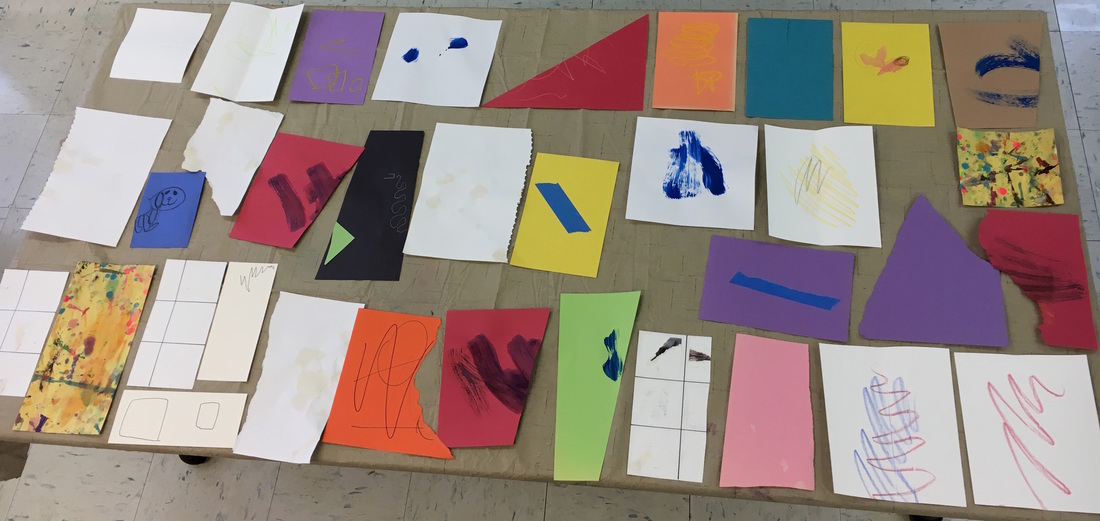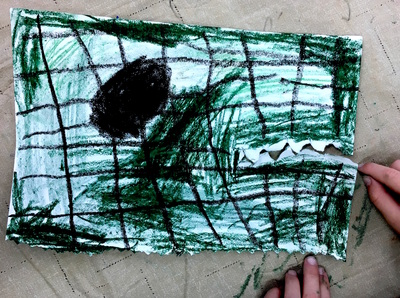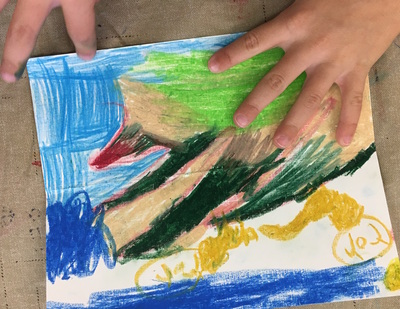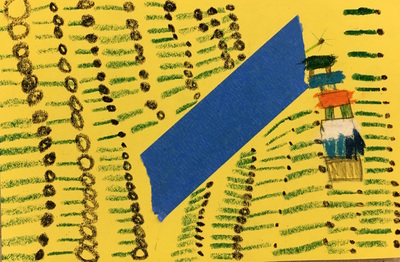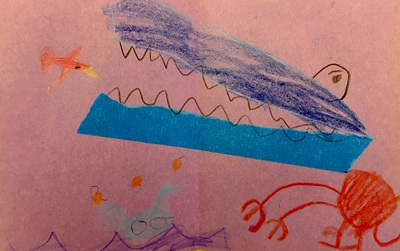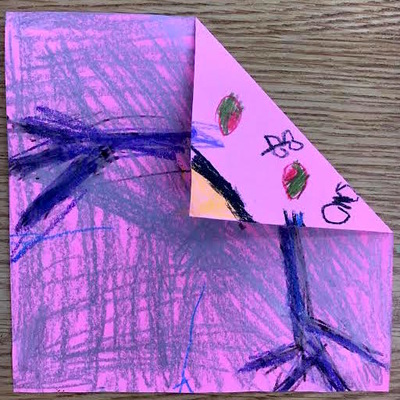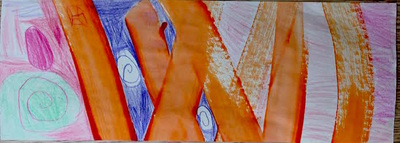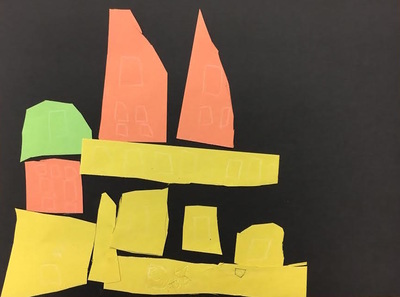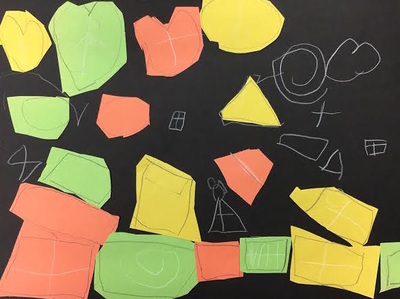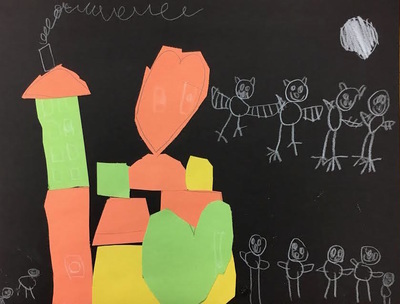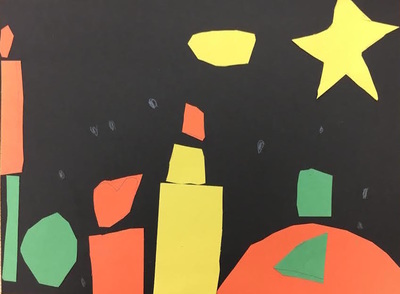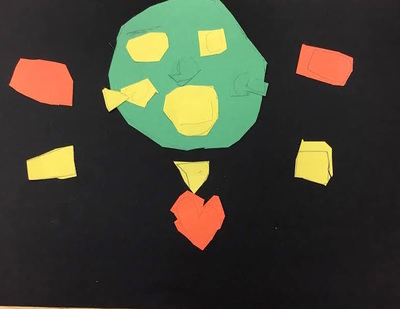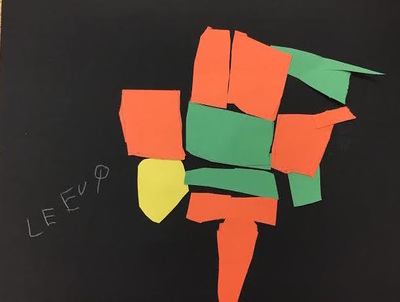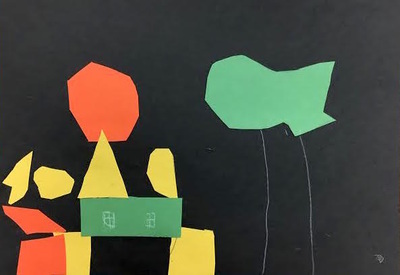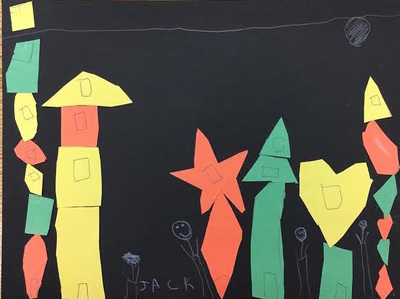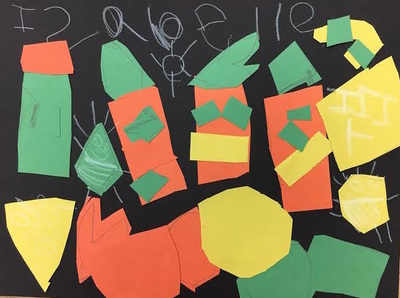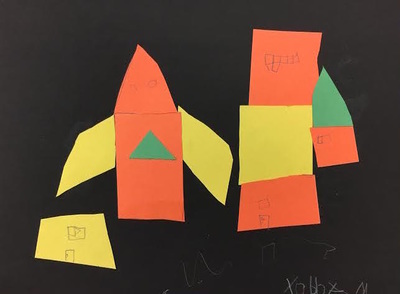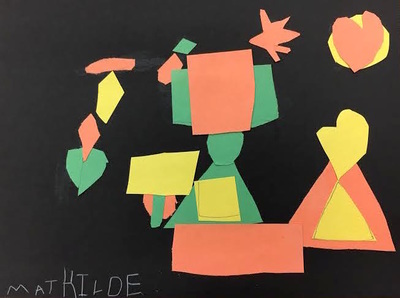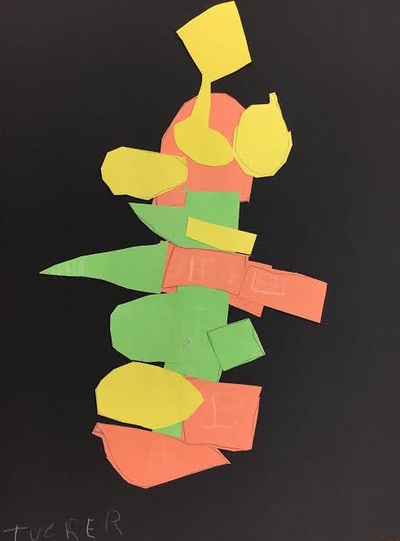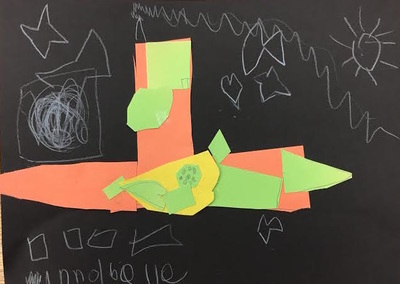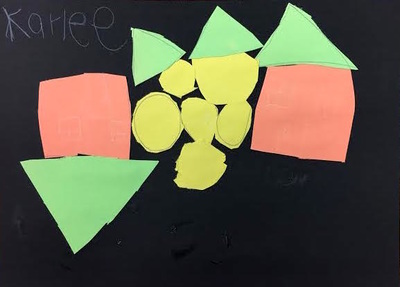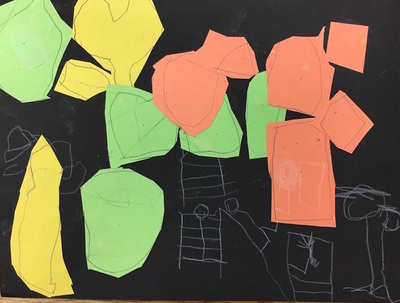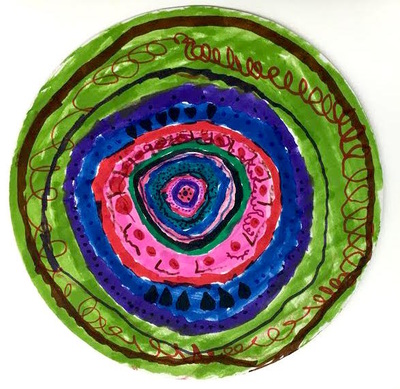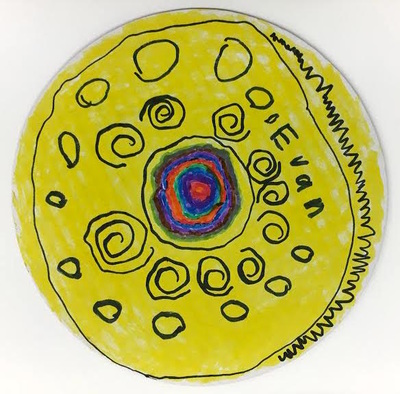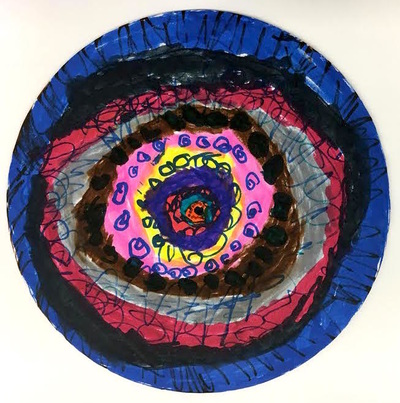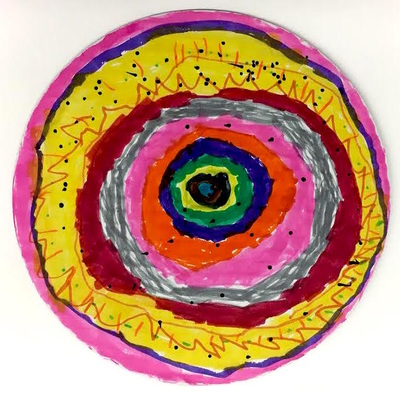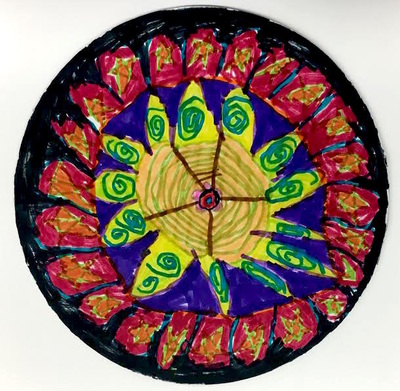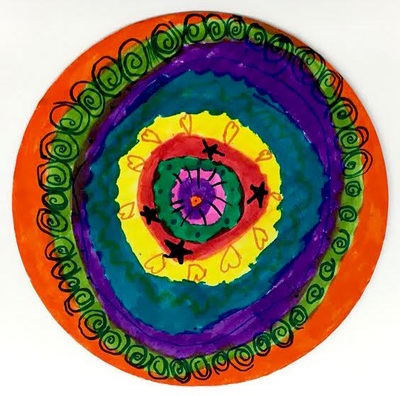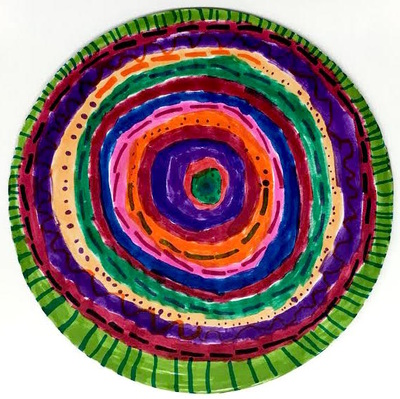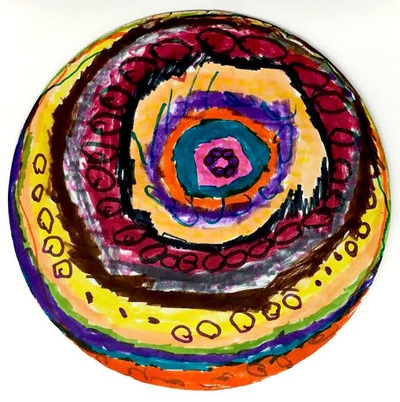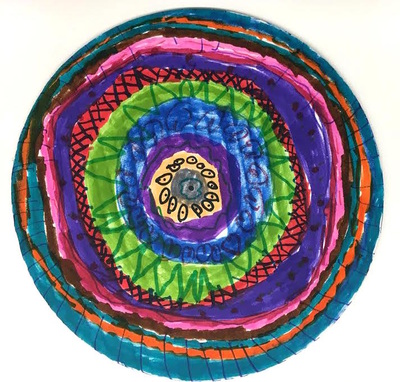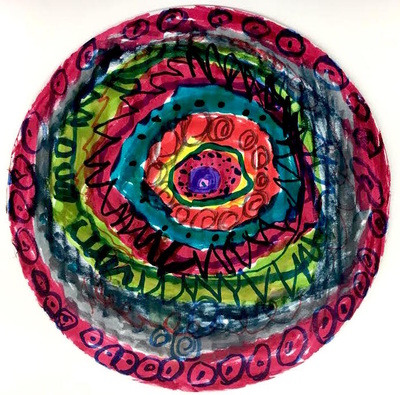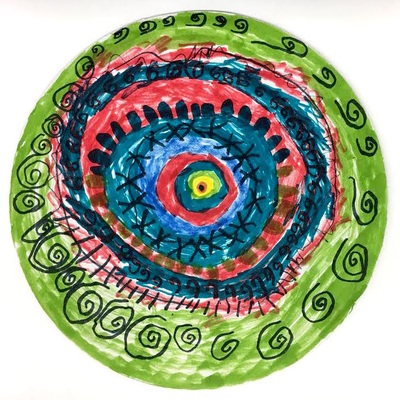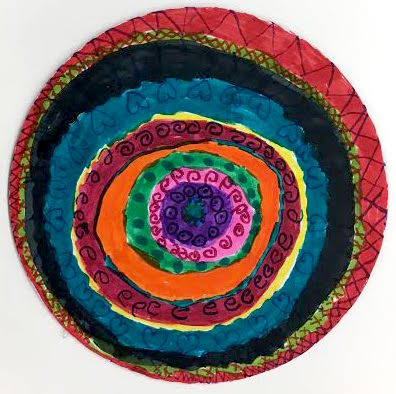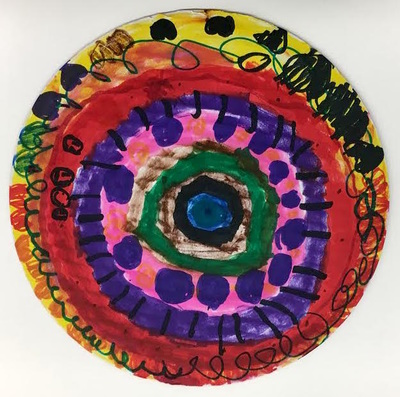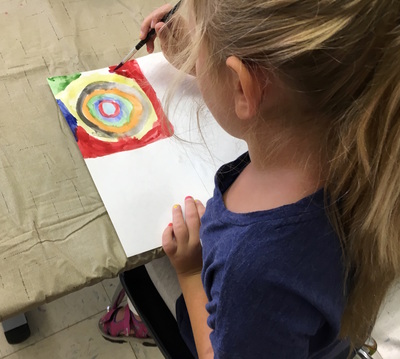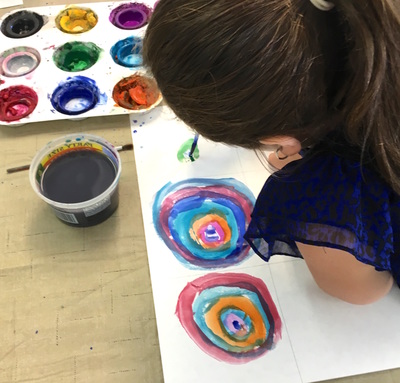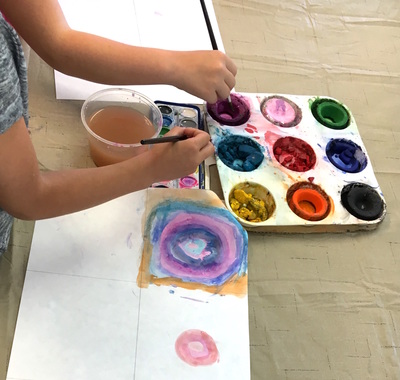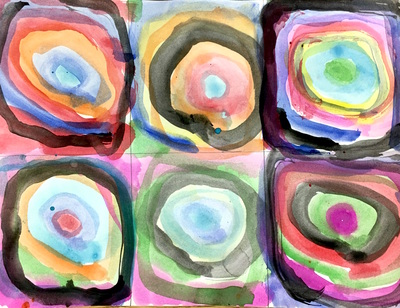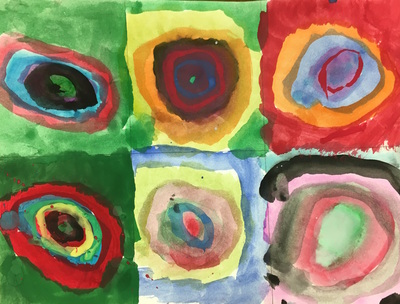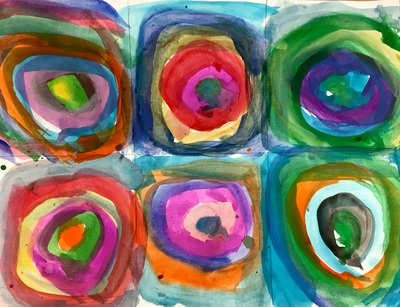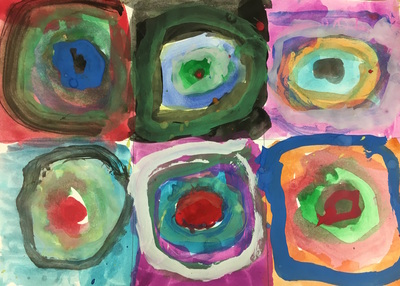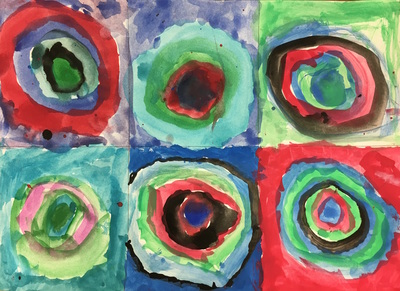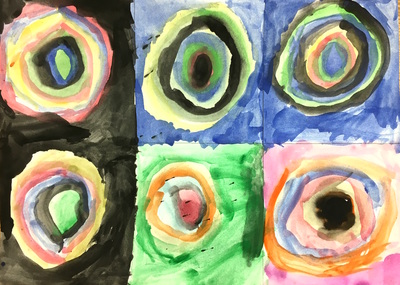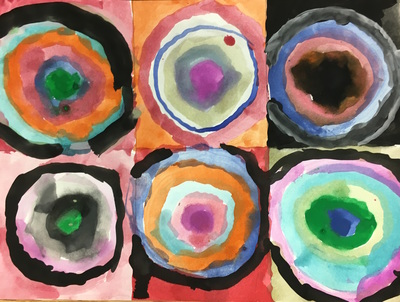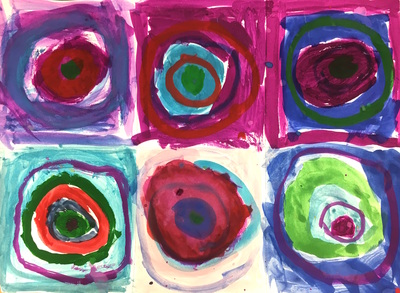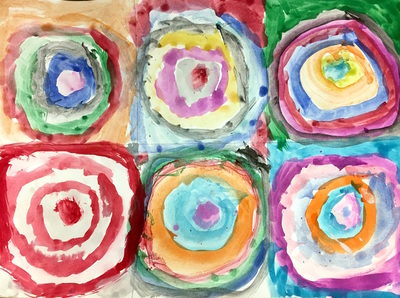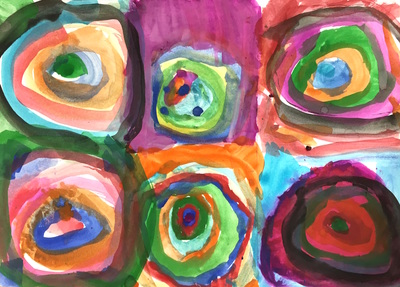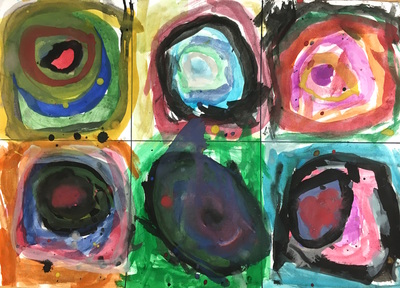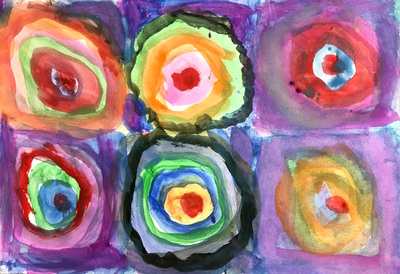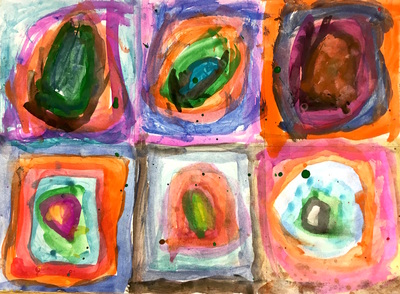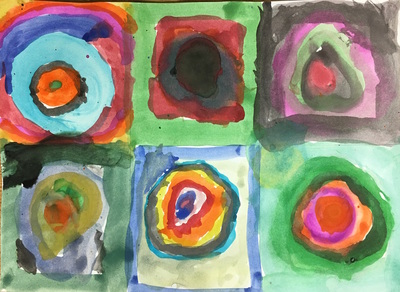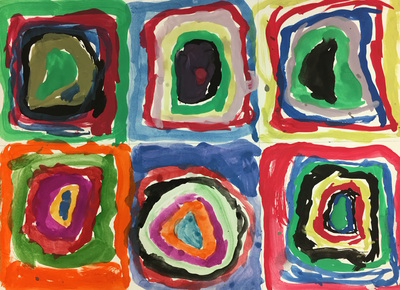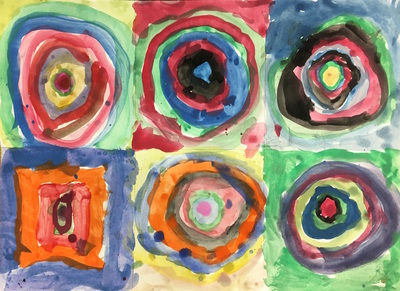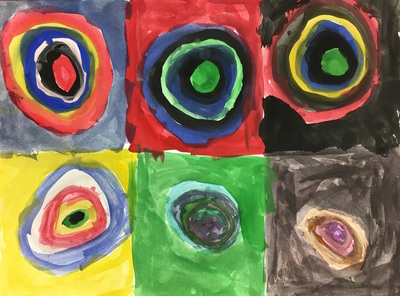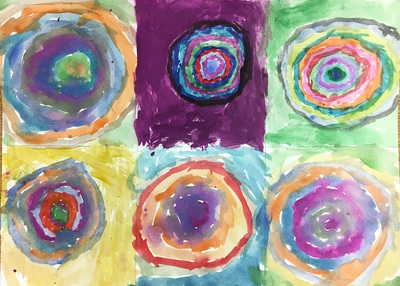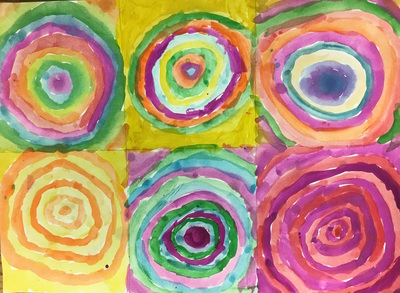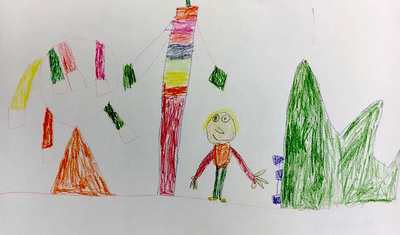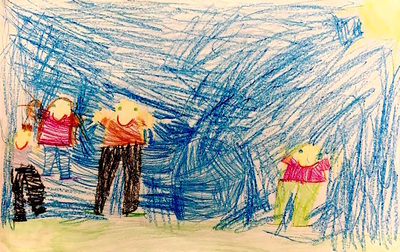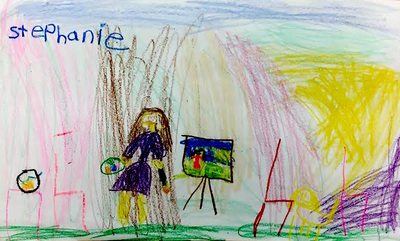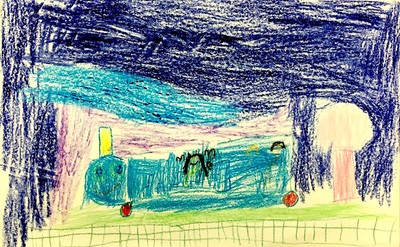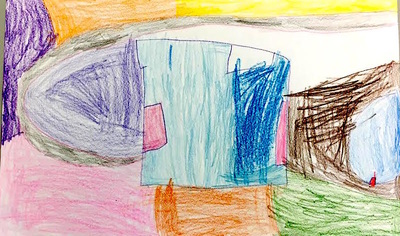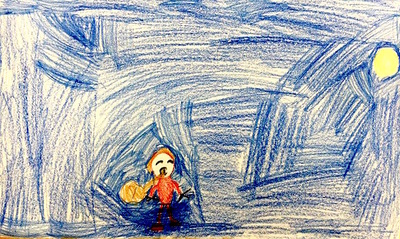|
My students are beginning to understand that they only get one piece of paper for their project, if they make a "mistake" the options are to flip the page, which you can only do once...try to erase (if erasable), OR try to make the mistake into something beautiful. How do you do this? With your imagination of course! Introducing the project to my first graders with the book Beautiful Oops by Barney Saltzberg I showed how torn edges, rips, stains and other mishaps were turned into clever pictures. On the board I had quickly prepped blobs or strange lines that the class brainstormed together what they could be turned into. The catch was simple, they had to use Mixed Media to create their piece, and color in the entire composition. This was a nice way to slip in some art vocabulary and to see how students combined materials together.
Below is the table I had filled with all sorts of "oops" students were able to choose from.
0 Comments
Kindergarten is for learning the basics and growing from them. For their first project I read the book Shape Capers that used shapes creatively by building them into rocket ships, pirate ships, cars, scooters, dragons etc. We began by brainstorming other shapes that weren't mentioned in the book, while I drew each talking about what the shapes could look like in their environment (circle could be a clock). Next I gave a demonstration on how to cut and draw their shapes on three pieces of colored paper, cutting is quite difficult for many Kindergarteners so this was a great exercise. The next class I asked as a formative assessment what they remembered from the week before, and that with the shapes they had cut out they would then build their own creations.
For both first and second grade I introduced International Dot Day (in my case week) with the book The Dot. I also introduced the artist Kandinsky showing how he created concentric circles. Their assignment was to create on a cardboard circle fourteen solid concentric circles with marker, and to not scribble! The final touches after their concentric circles were complete was creating at least six circle or line designs.
September 15th marks International Dot Day in which students are read the book The Dot, by Peter Reynolds. The message is to "make your mark," and take pride in what you create. To integrate Art History, art terms, and math I introduced the artist Wassily Kandinsky and the idea of concentric circles to create choice based colorful pieces of artwork. For the second graders I had them using watercolor, and for the first graders markers with tempera paint.
Process: First day back to school and of course it's raining outside, which doesn't seem to bother the first and second graders that enter eagerly into the classroom. Week one is always an adjustment period for students and teachers alike. Since this is my first year I wanted to ease into my new schedule with a simple lesson...Summer Memories. In this lesson I begin by asking students what they think a memory is followed by a quick questionnaire of some memories they might have from summer. After each answer I write a key word on the board for students to reference and as a brainstorming activity. The guidelines are simple; fill in the entire page (which is large) with crayon or colored pencil (or both), and the image must represent a memory from summer. I quickly demonstrate that I don't want to see any scribbling, but a solidly colored drawing. Walking around the room I'm able to ask students about their summer memories getting to know them, chat about their drawing and where it's going, and of course to see where they fall developmentally. First Grade Work: Second Grade Work:
|
Shea BrookHello, thank you for visiting my blog! I'm so excited to share my teaching journey and display lessons with artists, fellow art educators and parents of the students I'm so honored to teach. Archives
May 2024
Categories |
